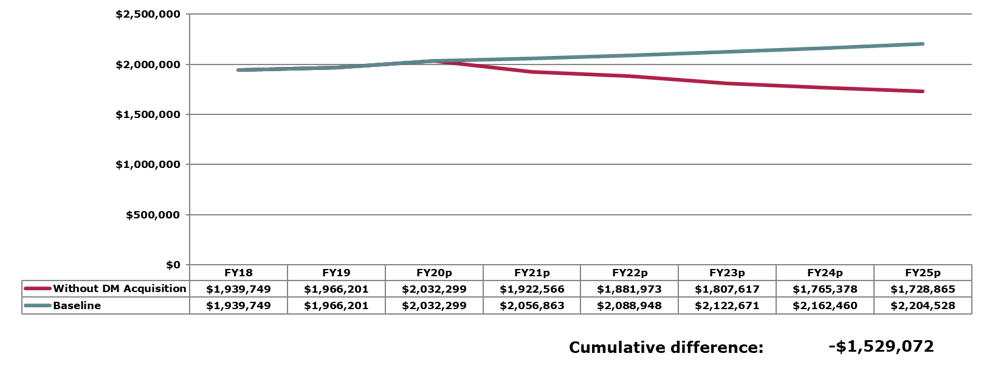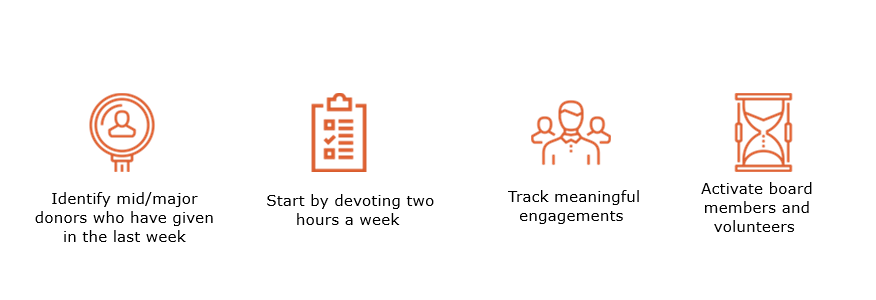The arrival of COVID-19 in North America was marked by a series of event postponements and cancellations for nonprofit organizations of all kinds. For my friends at animal welfare organizations, this has been a hard hit on revenue streams.
Unlike the other disasters we’ve been through before, with a clear start and end date, this period of uncertainty continues to linger, presenting a slew of unknowns.
But there’s one thing we do know for sure: In-person fundraising events will forever be changed by this pandemic.
This can be daunting to hear for animal welfare organizations that so heavily rely on events like walks and black-tie galas for a bulk of their annual revenue.
So, while livestream and virtual events are a great alternative, it’s important that you pivot your event fundraising strategy to emphasize additional fundraising avenues.
What does this look like?
The answer is simple. It’s time to get back to the fundraising basics. Here are the areas to focus on:
ACQUISITION: STAY THE COURSE
During tough economic times, it may be tempting to cut your acquisition programs. As we’ve said before, this is a terrible decision.
Acquisition is one of the most fundamental aspects of nonprofit fundraising. As the lifeblood of your organization, it drives revenue on all channels. We also know that acquisition fuels long-term growth.
By cutting acquisition, you will be hurting your organization for years to come.
That’s why it’s important to stay the course and optimize your acquisition efforts.
Don’t believe me?
Just look at this projection with and without acquisition. The red line shows the long-term revenue impact if direct mail acquisition were removed from the program.

These numbers say it all. Cutting acquisition has a long-term impact that is hard to rebound from.
MINING YOUR DATA FOR MID-MAJOR GIVING
Finding donors with the potential for major gifts can be a bit like finding a needle in a haystack. And without in-person events, many animal welfare organizations are losing facetime with major donors.
But these donors can close the budget shortfall quicker than any other segment, which is why you must continue to put in the effort to maintain and build relationships with this segment.
With a data-driven approach, you can identify, track and activate major donor communications with a completely virtual approach.
For several of our animal welfare partners, our mid-major model has helped them identify and cultivate prospects that would have otherwise passed under the radar.
Here's how you can simplify the process:

KEEP MONTHLY DONORS FROM JUMPING SHIP
Monthly donors are some of your most loyal constituents. And according to the 2019 Luminate Online Benchmark Report, sustainer revenue grew 13.6% last year.
But there has been some concern that we’ll start to see this growth drop as people look for places to save money during the recession.
Does this mean you should move your focus away from this group? No!
Sustainers can still provide additional support during these uncertain times, and they deliver a predictable source of revenue. Continue asking for their support across all channels.
If you get the phone call to cancel a monthly gift – be prepared. Ask the donors if they’re willing to give a smaller amount. If not, ask them if you can still send them updates on your organization.
You never know when they will be willing to support you again.
ENGAGE WITH DONORS
No matter the level of donor, it’s important that through all of this you continue to keep them updated and engaged.
More than anything, these donors want honesty and transparency. Be up front about the need you’re experiencing as a result of the pandemic and recession.
Update them on social media, send emails and mail postcards to continue engaging with donors even if there are programs and services you are unable to provide right now.
Let them know what your walk or gala typically raises and create a challenge with messaging asking donors to help match that.
Above all, hold on.
Your donors want to help you through these hard times. By optimizing your fundraising program for success, you can come out of these challenging times on top.





Leave a comment: